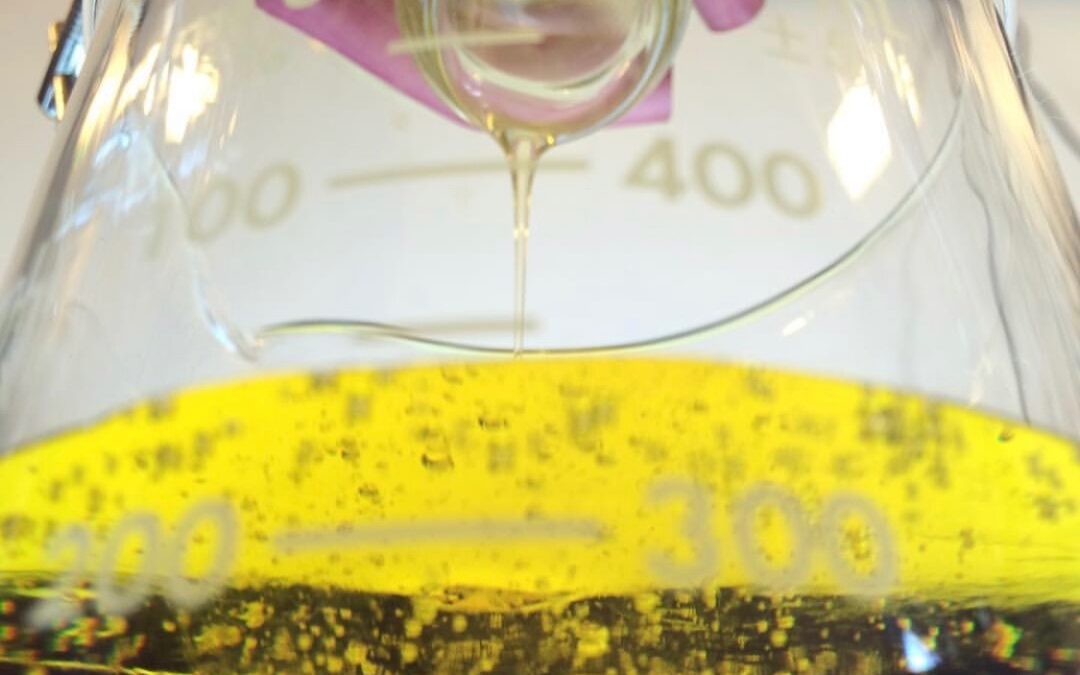Over 100 compounds occur naturally in the cannabis plant. Majority of the population are aware of THC compound and its activities. However, CBD has gained grounds over the past few months due to its health benefits. To isolate any of these compounds, several processes have to occur.
The reasons for wanting to remove THC from CBD oil are obvious. THC is psychoactive, and it has undesirable side effects. Hence, to keep enjoying the benefits of CBD, you have to isolate the THC content effectively. This is because THC often contaminates the process of isolation of CBD from cannabis. Effective THC removal is done using flash chromatography.
The principle of action of flash chromatography is the isolation of a single compound from a mixture. Hence, the compound, in this case, is CBD.
THC Removal
In North America currently, companies are racing towards branding themselves as the proprietors of the purest forms of CBD. Many of them employ one extraction process followed by post-extraction processes like winterization to ensure a purer form of CBD. However, these processes are often inefficient, not being able to get rid of the THC totally. In such cases, flash chromatography becomes very helpful.
Techniques of flash chromatography include normal phase, reversed phase, etc. Reversed-phase flash chromatography is used to separate CBD from THC. If everything goes smoothly, you could have large separation peaks. This difference in peaks leads to increased levels of purity and sample loads.
Ideally, THC content found in CBD should be 0.3% or even lesser. However, because of the “entourage” effects of CBD, other non-psychoactive compounds like terpenes and terpenoids remain because of their desirable qualities. Reversed-phase flash chromatography that makes use of water-ethanol gradients has yielded positive results. A downside to this THC removal, however, is its high solvent consumption and slow process.
A more effective method than the linear gradient is the steep gradient. This ensures maximal THC removal and guarantees a CBD purity of 99% with the other 1% a complex of other cannabinoids.
Flash Chromatography
Flash chromatography is a type of rapid preparative column chromatography. Up to 10 gram of mixture can be separated under 15 minutes. Here, gravity alone or an external pressure source pushes the mobile phase across the column.
As the cannabis encounters the solid stationary phase, it becomes eluted concerning the increasing polarity of the column. Flash chromatography is best useful when the reverse-phase and the normal-phase are combined. This is because they have complementary properties. The more you get used to the process, the easier it becomes to carry it out.
Advantages of flash chromatography
- It is cost-effective
- Easy disposability of the stationary phase
- Prevention of contamination due to the process stated above
- Purer CBD.
While the search for better and more effective ways of THC removal is on, there is no doubt that flash chromatography is currently the best way of getting CBD in its purest, unadulterated form.


Recent Comments